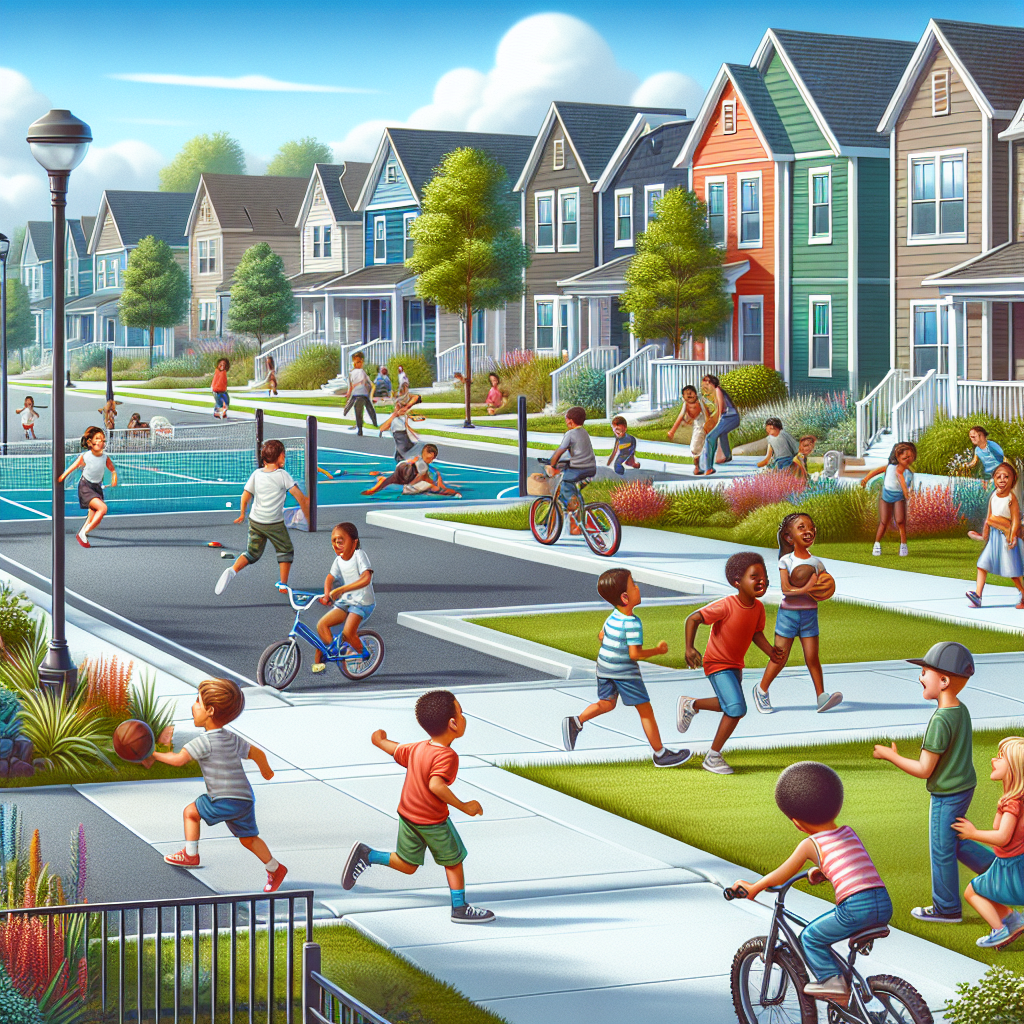The transformation of a neighborhood is a complex process that interweaves politics, economics, architecture and social dynamics. So when an ambitious neighborhood improvement project comes to fruition in your city, it becomes an indicative mirror of government intentions versus actual outcomes. But what’s behind this change? Let’s deep dive into the world of urban development.
Over the years there has been a rise in these projects with politicians promising transformative changes during campaigns or policy rollouts. A few key figures have been instrumental in pushing forth such initiatives, while consumer response ranges from praise for polished spaces to resentment over gentrification.
It’s essential to recognize key influencers – from local leaders championing improvements at grass root level to community organizations that advocate for affordable housing and sustainable designs. The industry reaction reflects evolving architectural trends but also raises questions on whether profit overshadows public interest.
Notably though, culture acts as an unsung hero shaping our neighborhoods – think street art murals or locally-hosted festivals bringing everyone together – lending them character and uniqueness.
So what does the future hold for these undertakings? Forecasters predict environmentally friendly solutions taking center stage with citizens actively participating in reshaping their communities benefiting all inhabitants equally.
We gathered opinions from distinguished urban planners who cautioned against using renovation as a mask for displacement but also highlighted positive potential inclusive transformations carry if done right.
To truly understand reality we asked locals living through these changes; some found revitalization bringing prosperity while others felt marginalized by drastic remodeling not considering existing socio-cultural fabric.
The ultimate takeaway is this – as our cities evolve, so should we by stepping up to involve ourselves in these projects ensuring every person has a place and voice in this new urban tapestry.

